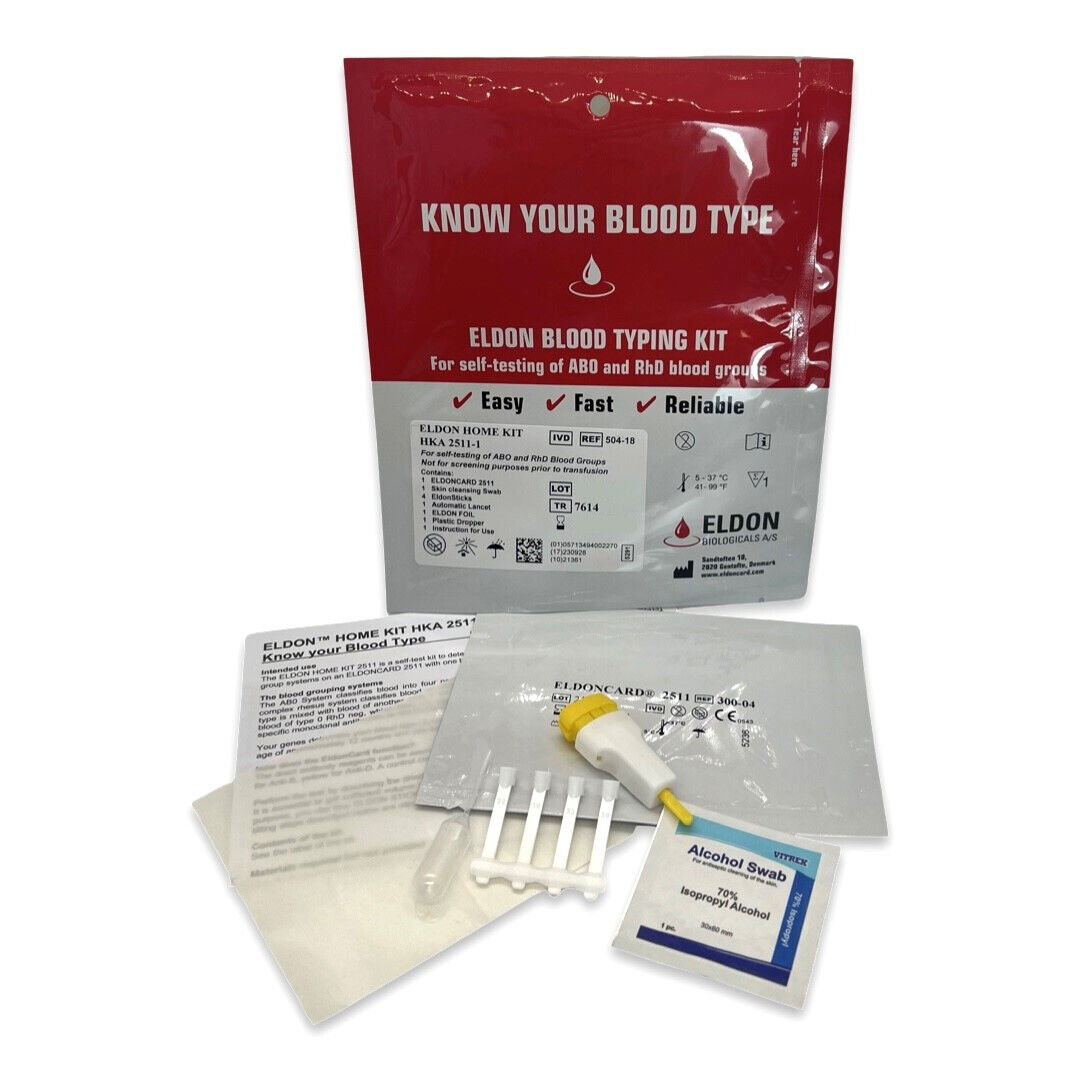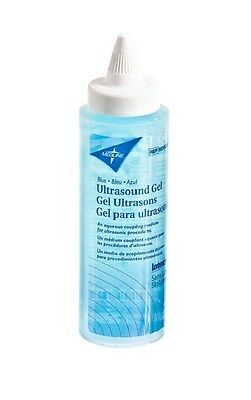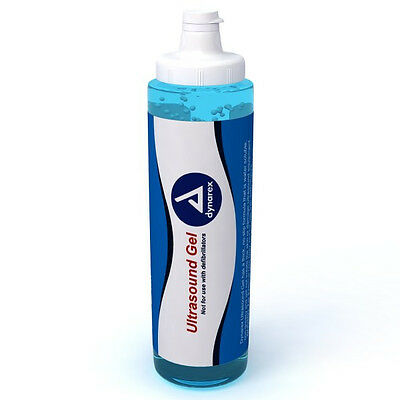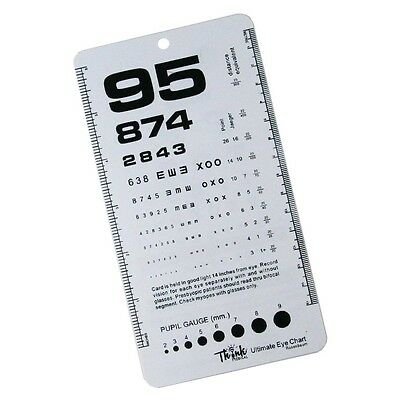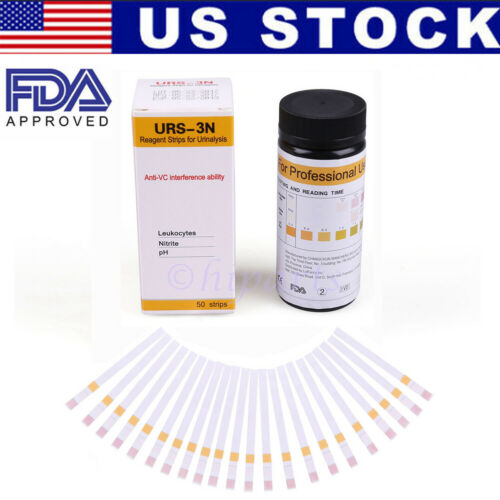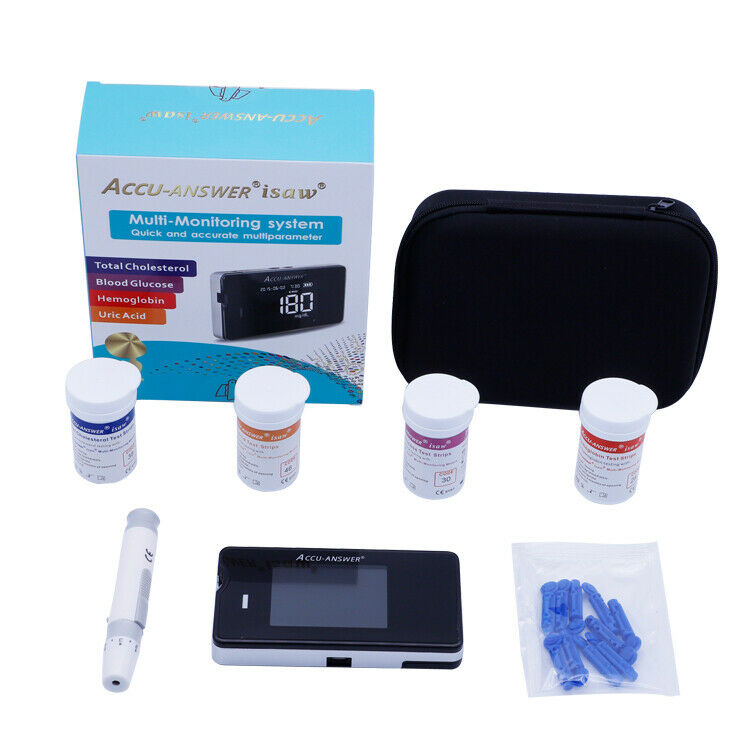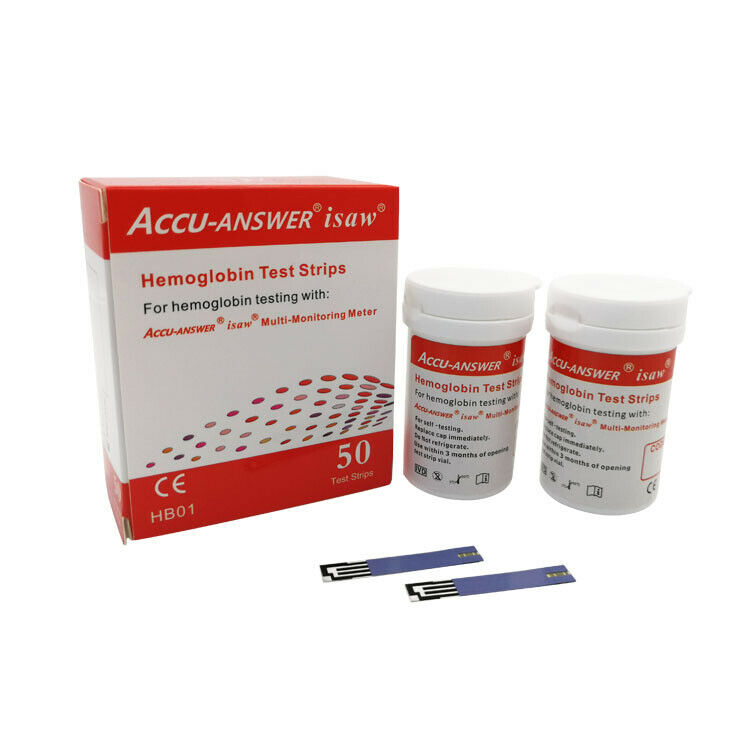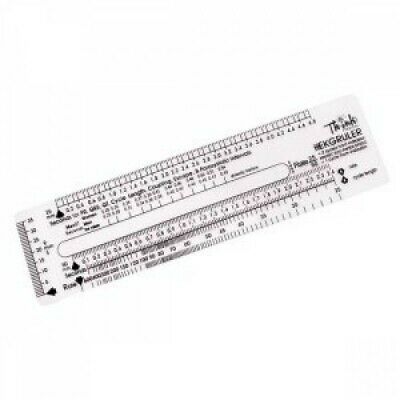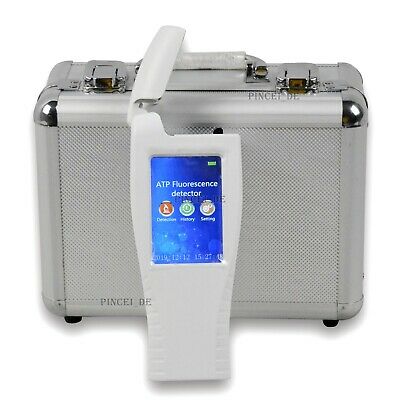-40%
Eldoncard Complete Blood Type Test | A,B,O,AB & Rh | 1,2,3, 5 Home Pack Options
$ 4.21
- Description
- Size Guide
Description
Eldoncard Complete Blood Type Test | A,B,O,AB & Rh | 1,2,3, 5 PacksFeatures and Benefits
It is essential that everyone know their own blood group and that of their family members. There are many occasions when knowing your blood group could be important, for example, if you or a member of your family required an urgent blood transfusion it would be useful to know your blood group in advance. If it was an uncommon group it would allow the hospital valuable time to ensure adequate supplies.
Travelling overseas carrying a blood group card could prove invaluable. Accidents and other emergencies can often be dealt with more efficiently knowing the blood group of the person or persons involved.
Product Description
Test contents:
Instruction leaflet
Blood group test card x 1 (inside foil pouch)
Blood group result card
1 x Lancet
Plastic pipette
Alcohol swab x 2
Applicators x 4
Precautions:
The card can only be used once
Do not use this test if the foil pouch has been opened
Perform test at room temperature
Instructions for Use:
Read the entire instructions before carrying out the test. Ensure the applicators (EldonStick) are only used for stirring and spreading the blood. You may find this test easier to carry out if you have a friend or family member assist you.
Wash your hands before carrying out the test and again after carrying out the test.
Open the foil pouch containing the test card. Place the card on a table or flat surface.
Lay out the applicators (EldonStick) ready for use.
Fill a small cup with tap water and using the plastic pipette, draw a small volume of the tap water into the plastic pipette. You draw the water by simply holding the small, thin end in the water and squeezing the top part.
With the test card still on a flat surface release one drop of water onto each of the colored reagents spots on the EldonCard.
Twist off the little green protective cap from the lancet. Place the lancet upon a table.
Wipe a fingertip with the alcohol impregnated tissue provided and allow it to dry.
Place the lancet against the end of the finger and press the green body against your finger to release the needle.
Massage the finger from the bottom to the top to encourage blood flow. Press the blood towards fingertip. Repeat pressing until a drop with a 3 to 4 mm (1/8 inch) diameter is seen.
Transfer the blood to an EldonStick, approached from beneath the finger. Don’t smear the blood over the skin.
Place the EldonStick with the drop of blood into the first circle. The blood should touch the water already present. Gently press the side of the EldonStick head against the card and stir in the water and blood mixture until the coloured dry material has dissolved.
Repeat this procedure for the other 3 circles, making sure you use a new EldonStick for each circle. You should NEVER transfer liquid from one circle to another.
Once all 4 circles are complete gently tilt the whole card vertically on its bottom edge and keep this position for 10 seconds. You will see the blood flowing slowly to the bottom of the circle. Repeat this procedure tilting the card on the 3 other sides.
As soon as you have finished tilting read and record the results immediately. Reference your results on the card, against the table in the instructions for how the results are interpreted.
Blood is the fluid of life, without blood the human body would stop working. As the heart pumps it forces blood through a network of tube-like blood vessels which branch out throughout every part of the body. There are three main types of blood vessels:
Arteries-
the largest and thickest of the blood vessels. These vessels carry blood from the heart to all the cells in the body. The largest artery of the body is called the aorta, the aorta originates from the heart and then branches out into smaller arteries, the smallest arteries are called arterioles, which branch out until they become tiny capillaries.
Capillaries-
the smallest blood vessels, it is in the capillaries that the exchange of oxygen and carbon dioxide take place. Capillaries are so small that red blood cells can only travel through them in single file.
Veins-
similar to arteries but because they transport blood at a lower pressure they are not as strong as arteries. Very small veins called venules receive blood from the capillaries, after the exchange of oxygen and carbon dioxide has taken place. The venules branch into larger veins, which eventually carry the blood to the largest vein in the body, known as the vena cava, where the blood is then transported to the heart.
The heart pumps blood through the arteries, capillaries and veins, carrying nutrients from digested food and oxygen to every cell in the body. The blood also removes carbon dioxide and waste products.
The adult human body contains approximately 5 litres of blood and accounts for approximately 7-8% of our total body weight.
What is blood made up of?
Everyone’s blood is made up of a fluid called plasma and three types of blood cells, red, white and platelets. Nearly half the blood, approximately 45% is made up of the various blood cells the remaining 55% is plasma. Carry on reading to learn more about each of these.
Plasma
Plasma is the liquid portion of the blood, it is a clear, yellowish (straw colour) fluid and is mostly made up of water(90%) and salts. Blood cells travel through the body in plasma. In addition to carrying blood cells throughout the body, plasma also carries hormones, nutrients, proteins and chemicals such as iron.
Red blood cells
Red blood cells are also known as erythrocytes, their primary function is to carry oxygen from the lungs to the cells all around the body. They do this through haemoglobin, an iron containing protein that actually carries the oxygen and gives blood its red colour. The blood contains more red blood cells than any other type of cell. In a single drop of blood there are millions of red blood cells. Besides carrying oxygen, red blood cells help to remove carbon dioxide from the body.
White blood cells
White blood cells are also know as leukocytes and their main function is to help our body fight infection. They circulate around the body so that they can be transported to an area where an infection develops. A drop of blood can contain anywhere from 7,000 to 25,000 white blood cells at a time. When the number of white blood cells in the blood increase, this is a sign of infection somewhere in your body, for example a person with leukaemia could have as many as 50,000 white blood cells in a drop of blood.
There are 5 different types of white blood cells produced by the bone marrow, the main two are called, neutrophils, the most numerous of the white blood cells and one of the body’s main defences against bacteria and lymphocytes, the second most numerous of the white blood cells, lymphocytes are involved in making antibodies as part of the immune response.
Platelets
Platelets also known as thrombocytes are the smallest of the blood cells. Platelets are irregularly shaped, colourless bodies that are present in blood, it is their sticky surface, along with other substances that forms clots to stop bleeding. Without them we would bleed to death. When bleeding from a wound suddenly occurs, the platelets gather at the wound and attempt to block the blood flow. A clot begins to form when the blood is exposed to air. When we get a scab over a cut that is an external blood clot, when we have a bruise that is the result of an internal blood clot. Both scabs and bruises are clots that lead to healing. However, some clots can be dangerous, as in deep vein thrombosis (DVT) or if a blood clot forms inside a blood vessel it can block the flow of blood and so cut off supply of oxygen. A stroke is the result of a clot in an artery of the brain.
What are the different blood groups?
In 1901, scientist Karl Landsteiner reported that blood could be classified into blood ‘types’.
There are 4 main blood groups A, B, AB and O, of which group O is the most common (47% of population). The blood type is determined by proteins called antigens found on the surface of red blood cells. If you have the antigen A on the red blood cells then you have got type A blood. When B antigen is present, you have type B blood, when both A and B are present, you have type AB blood. When neither are present you have type O blood.
Another blood group system involves Rhesus factors. The name Rhesus comes from the Rhesus monkeys in which the protein was first discovered. Rhesus factor D, the most important, is found in the blood of 85% of people, they are known as Rhesus positive. The remaining 15% are Rhesus negative. So people can be classified according to both systems, for example AB positive or O negative.
The Rhesus factor is important during pregnancy, a baby’s life can be endangered if it inherits a Rhesus positive blood type from its father while the mother is Rhesus negative. This is because the mother can form antibodies against the baby’s blood.
Blood donations and transfusions
Blood grouping is essential for safe blood transfusions. A patient must receive a blood type that is compatible with their own blood type. If the blood types are not compatible, red blood cells will clump together, making clots that can block vessels and cause death.
In general a person with type A blood can donate to a person with type A or AB. A person with type B blood can donate to a person with type B or AB. A person with type AB blood can only donate to a person with AB only and someone with O type blood can donate to anyone. This is because type O blood has no antigen on its surface and is often called a universal donor. Blood type AB is the universal recipient as they can receive red blood cells of any ABO type. In an emergency if there is no time for blood grouping the person in need of a transfusion would be given type O blood.
How do I maintain healthy blood?
Blood like every part of the body needs good nutrition so a healthy balanced diet with plenty of fruit and vegetables will help to maintain healthy blood.
Contact us
We can be contacted at any time through eBay messages if you have any questions, comments or product requests. We will respond to you within 24 hours and do our best to help you out! We encourage our customers to contact us with any questions or concerns! We'd like to be sure you are completely satisfied with your purchase.
Payments
All orders are required to be paid immediately and payments will be processed through eBay's Payments Portal.
Shipping
We ship all orders received before 2pm on the same day. Any orders received after that time will be processed on the following business day. Our days of opening are Monday to Friday 9am to 4pm.
Disclaimer
Please contact us via the eBay messaging service if you have any issues with the delivery, quality or are unsure how to use the product. We will be more than happy to help and guide you through the process until you are satisfied.
Returns
Please contact us via the eBay messaging service if you have any issues with the delivery or quality of your product. We offer a 30 days Returns Policy and we will be happy to ensure that should you wish to return your order it will be as simple as possible. If an items are not working as expected we will work with you to ensure we have done all we can to get your item to work. If in the end the item is faulty then we will be more than happy to replace or refund you in full.
eBay listing template designed by
© dewiso.com
.
